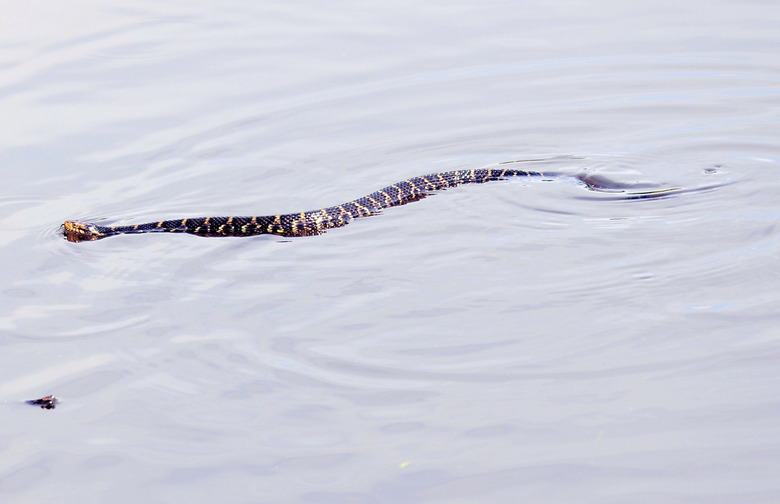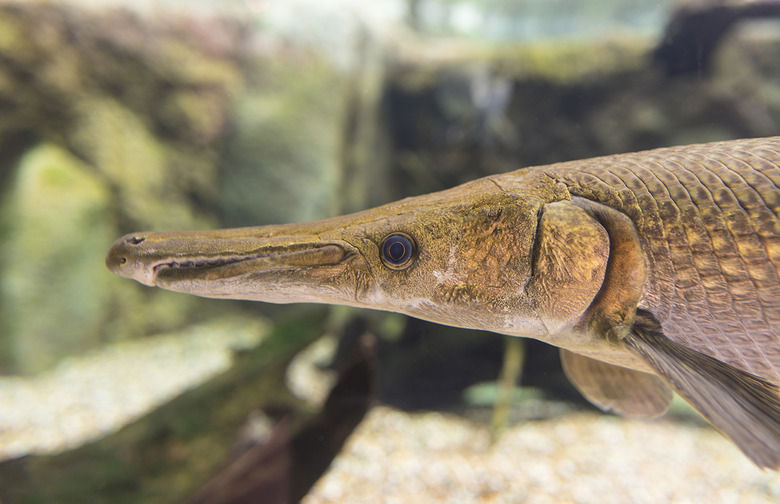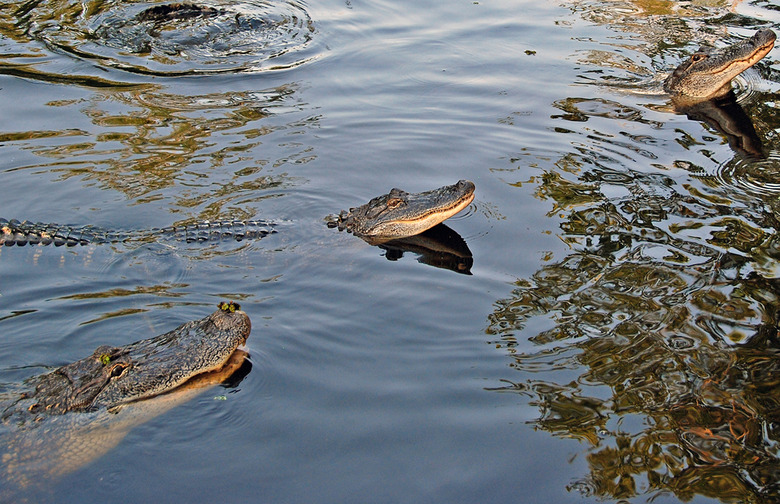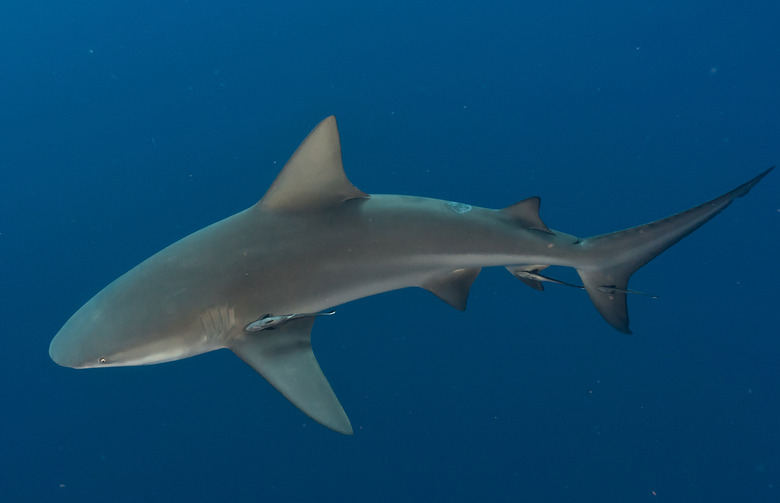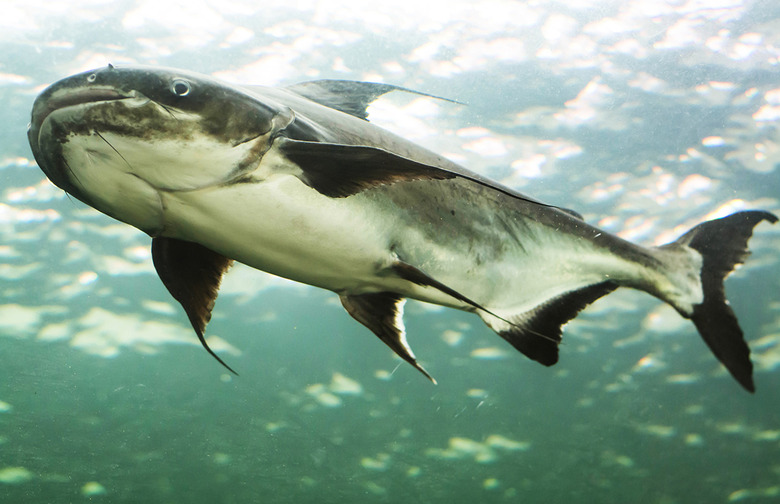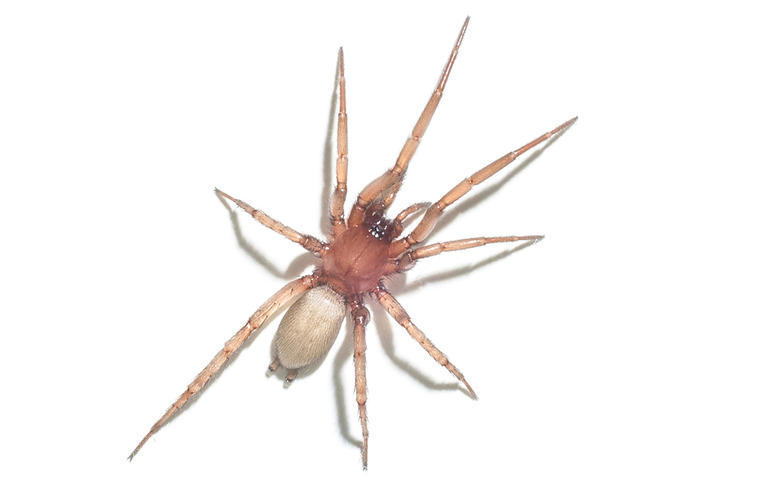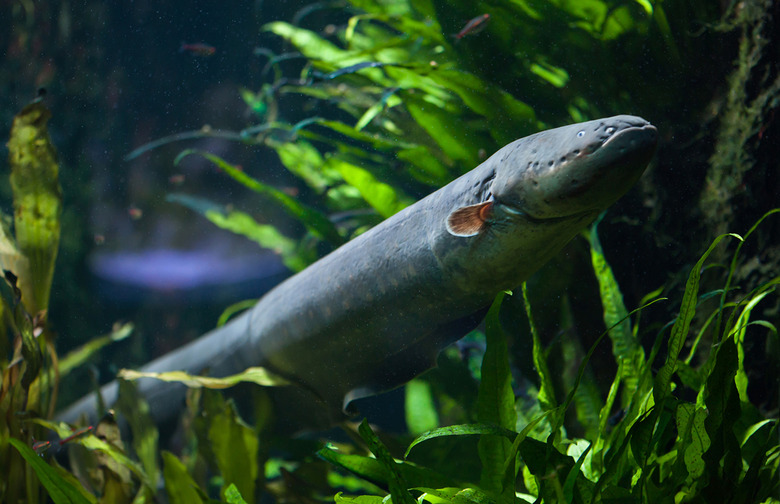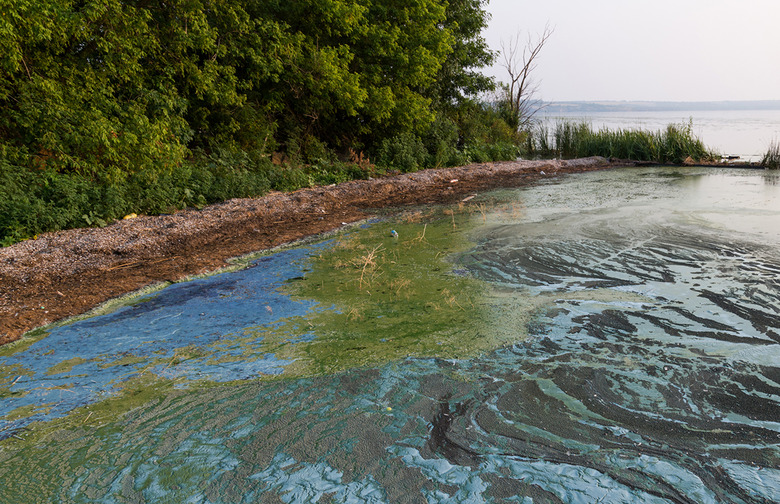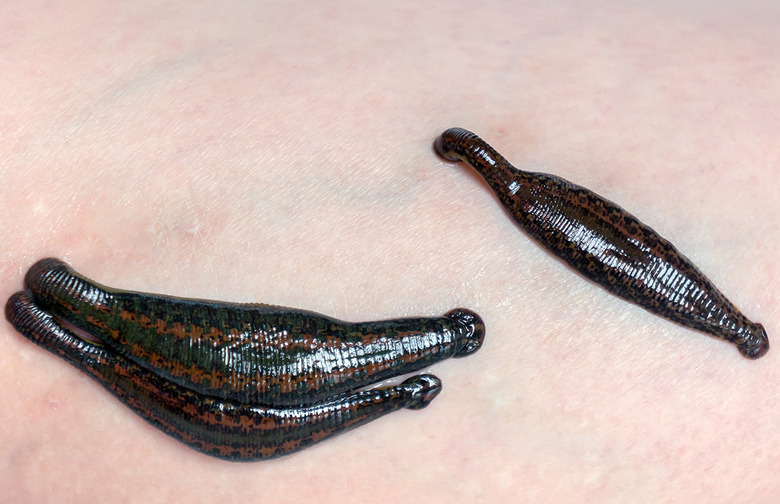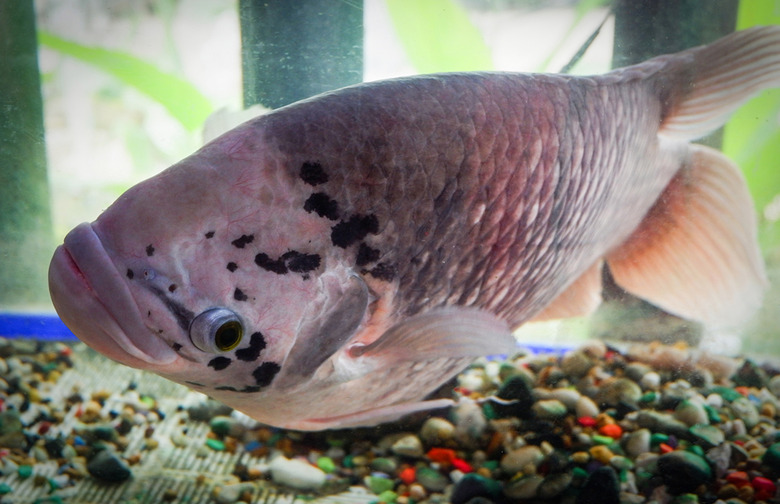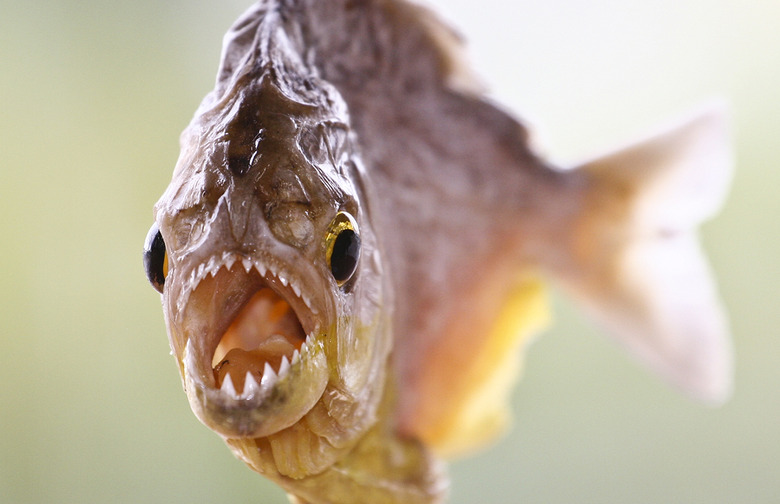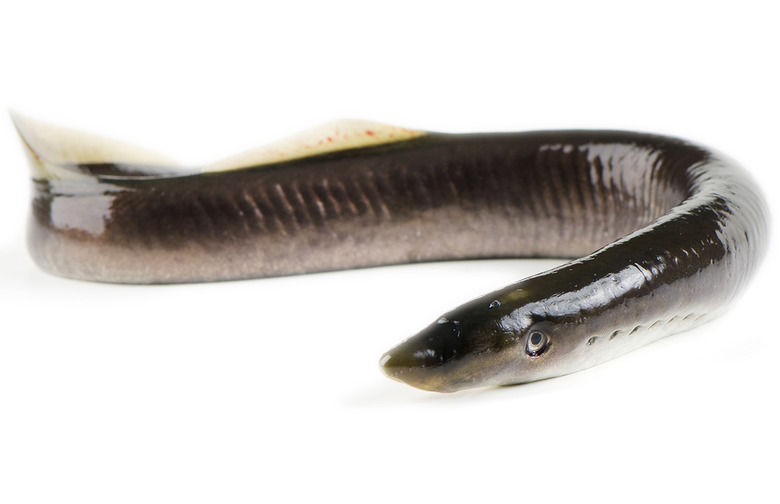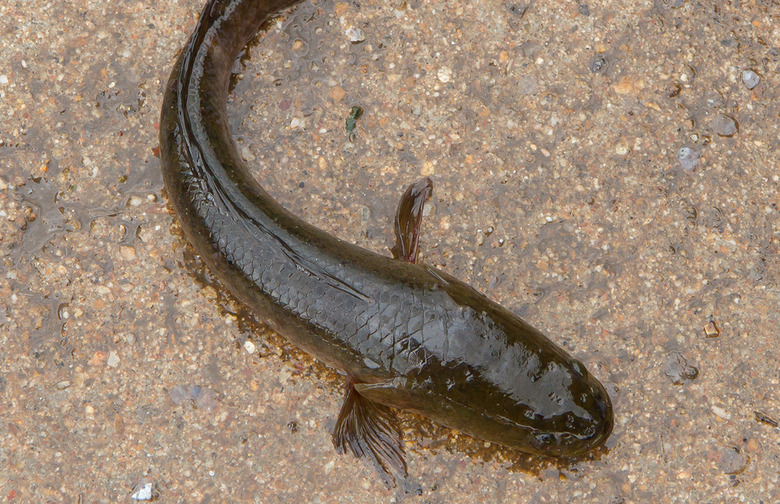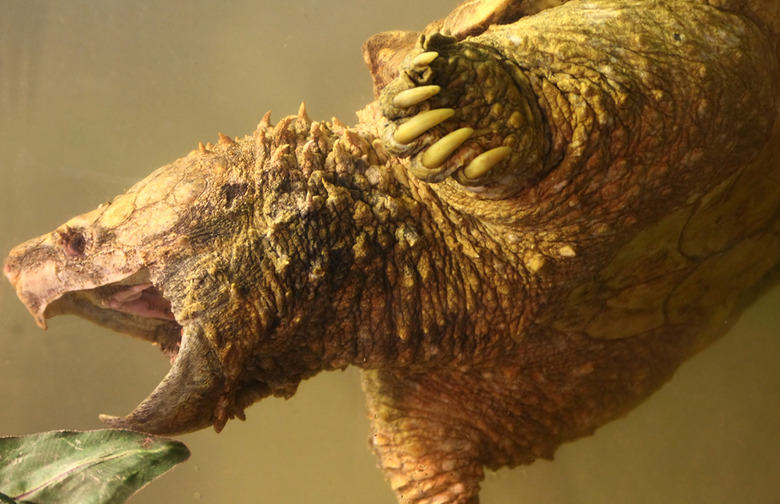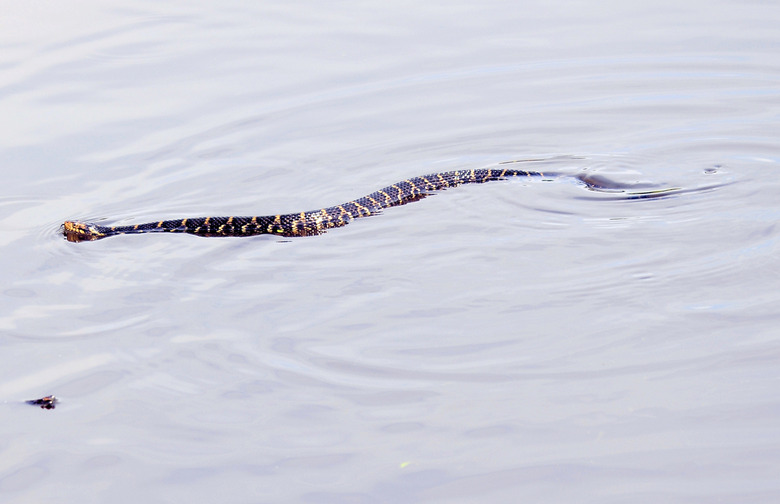Snakes On A Lake: Critters You Should Worry About When You Go Swimming
The dog days of summer are here and the heat is on. At this point of the year the family starts to get a little stir crazy from sitting inside playing on their smartphones all day. Now would the perfect time to get off the couch and plan a day trip to the coast or a lake or river. Don't let the cool, serene beauty of the lake fool you, because there's something in the water.
Alligator Gar
This prehistoric-looking animal is a fish with a crocodile head and rows of razor sharp teeth. The alligator is the largest of the seven known species of gar and can grow up to 10 feet and weigh up to 300 pounds. It may look like something from Jurassic Park, but they haven't been known to attack humans. Although not aggressive, their eggs are poisonous to humans if ingested.
Alligators
These monsters can roam in freshwater and saltwater (at least for a bit) looking for something or someone to snack on. Not only dangerous in the water, but on the bank as well. Gators are known to create burrows up to 20 feet deep in the mud. A nighttime stroll might find you in a pit face to face with the beast.
Bull Sharks
Bull sharks are not limited to saltwater. Due to the shark's impressive adaptation, it can swim in freshwater. They have been known to swim up the Mississippi as far as Minnesota. They prefer shallow coastal water, which means they often come into contact with humans.
Catfish
Yes, catfish! Up to 10 feet and 660 pounds. This endangered species is called the Mekong giant catfish and is native to the Mekong basin in Southeast Asia and adjacent China. These behemoths most likely won't attack, but your heart might get a jolt if you run into one.
Diving Bell Spiders
These creepy crawlers must breathe underwater so they create a bubble around them from a web filled with air. They can grow to the size of a penny and have a shimmery silvery look in the water. Although they are small and can go unnoticed, they pack a punch with their bite that is often accompanied by a fever.
Electric Eels
The eels have specialized organs that can produce pulses of electricity greater than 500 volts. That's enough to kill an adult human. According to National Geographic, they only attack human beings if they are disturbed. The U.S. does have eels on the East Coast, but they aren't the electric kind.
Goliath Tigerfish
Not a big threat in Lake Michigan, but if you are traveling to Lake Tanganyika in Africa, this is one to look out for. This fierce predator has protruding, daggerlike teeth and can grow up to 5 feet long and weigh 154 pounds. Animal Planet reports that locals say it's the only fish that doesn't fear crocodiles and actually eats smaller ones.
HABs
Not all creepy things in a lake are animals. Harmful Algal Bloom is a growth of blue-green algae that potentially contains toxins. HABs can cause fish kills, foul up nearby coastlines and produce conditions that are dangerous to aquatic life, as well as humans. If swallowed, the bloom can cause muscle cramps, nausea, vomiting and rashes.
Leeche
These little bloodsuckers are usually found in the shallow, protected waters of a lake or pond. The North American leech is a freshwater brownish-green worm that grows about 2 inches long. Most species feed on worms, snails and other small aquatic animals, but a few species, if given the opportunity, will also feed on human blood.
Pearl Cichlid
These fish are abundant in southern Texas and northern Mexico where they are called Rio Grande perch or Texas cichlid. Its main body color can be pale light brown to dark blue or almost purple and changes with its mood or during mating season. These little monsters are harmless, but you will freak out over them. They love nibbling on legs and toes.
Piranhas
They may not strip your flesh to the bone like in the movies, but that bite is wicked. Although native to the Amazon basin, they have been found in freshwater lakes and rivers. Unfortunately, owners can tire of feeding and caring for them and dump then in a lake where they can breed and become an ecosystem-damaging fish.
Sea Lamprey
These parasitic fish look like eels but lack the paired fins. Adults can reach a length of up to about 50 inches and weigh about 5 pounds. The lamprey was native to the Atlantic but has adapted to freshwater, including the Great Lakes. They have a round, jawless mouth lined with teeth in consecutive circular rows that latch on to their prey and drill a hole into their body.
Snakeheads
These freshwater fish can grow as long as three feet. They are sharp-toothed predators and may attack humans who get too close to their nests. And by the way, they can walk on land. They use their fins to slither from lake to lake.
Snapping Turtles
Snapping turtles live in shallow, fresh water and their habitat range stretches from Southern Alberta and east to Nova Scotia in Canada and extends south to the Gulf of Mexico and into central Texas. They can grow up to 18 inches and more than 35 pounds. They love muddy lake bottoms, so you might not know you stepped on one until it bites your toe.
Water Moccasin
Water moccasins, or cottonmouth snakes, are usually found in streams, marshes, swamps and the shores of ponds and lakes. They are strong swimmers and have been known to swim in the ocean. They are North America's only venomous water snake and range from 2 to 4 feet. The results from a bite can be serious or even deadly, though experts emphasize that fatalities are rare.
